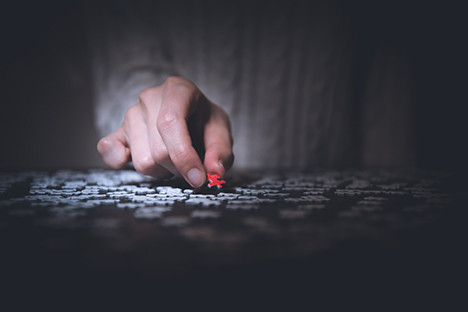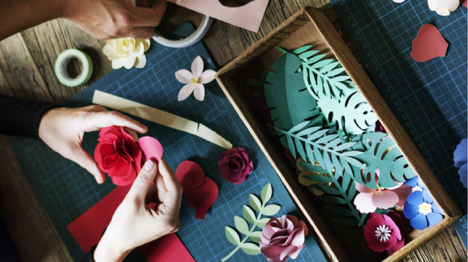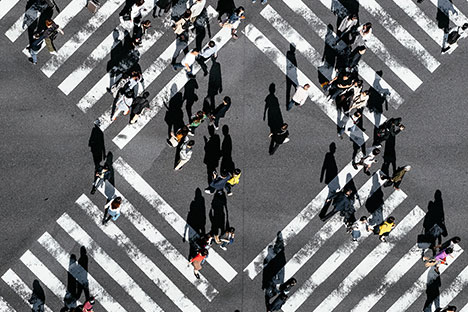One of the main goals of good graphic design in marketing is to convey information in a clear and easily digestible fashion. It is understandable to have a lot of information to get across to potential clients. However, a clear understanding of the sequence in which this information is delivered is critical. We call this establishing hierarchy.
“It’s not a problem with design, it’s a problem with a clear message.”
Think of it like this:
The designer is the viewer’s tour guide. The designer’s first duty is to capture the tourist’s attention by getting them on board. The tourist needs to be enticed and make that choice to invest their extremely precious time. Grabbing the viewer’s attention is arguably the most important part of marketing, but at this point the job has only begun.
The next step is to inform the crowd about what they are looking at. What is the purpose?
This needs to happen quickly as we have very little time before boredom kicks in and interest diminishes. As the tour guide, the designer must point the participant in this direction using one of the fundamental principles of design: contrast.
One of the many valuable ways to create contrast in graphic design is to use variation in size. Since we are usually working with limited space restrictions, color pallets, style choices, etc., contrast in size is often the designer’s greatest tool.
This is where the content really comes into play. A decision must be made about the goal and focus of what is being created. For example, say a company has developed a ground-breaking new app and their goal is to build awareness in the market. The designer needs to use the content given to them to guide potentially new users through messaging that is orderly, compelling, and to-the-point. (Again, the speed and ease of this is extremely important!)
Q: What am I looking at? A: An application
Q: What does it do? A: It's a rapid authoring tool.
Q: Tell me more. A: You can develop native HTML5. You can collaborate easily. You can sync audio and export to your LMS.
Q: How do I get it? A: Visit https://obsidian.black
With the decisions made on content, and the message clear, the designer will then guide the participant through the material by using contrasting sizes. The largest element is the first obvious piece of information that needs to be viewed. The second largest element is the second piece of information to be viewed. And so on… As the participant moves along on their journey of information download, they can choose to exit the ride at any time and move on to looking at pictures of cats on the internet.
So what happens when all design elements are large in a marketing piece? Taking away this one tool from the designer toolkit is like dumping a filing cabinet out and expecting someone to find a needed document with ease. No-one has time to try and sort through a bunch of information, especially if they don’t even care about it yet!
To ensure a pleasurable experience when approaching potential clients, the graphic designer must purposefully walk the participant through the material. A graphic designer’s greatest tool is using contrast in size to ensure a clear and compelling message.







